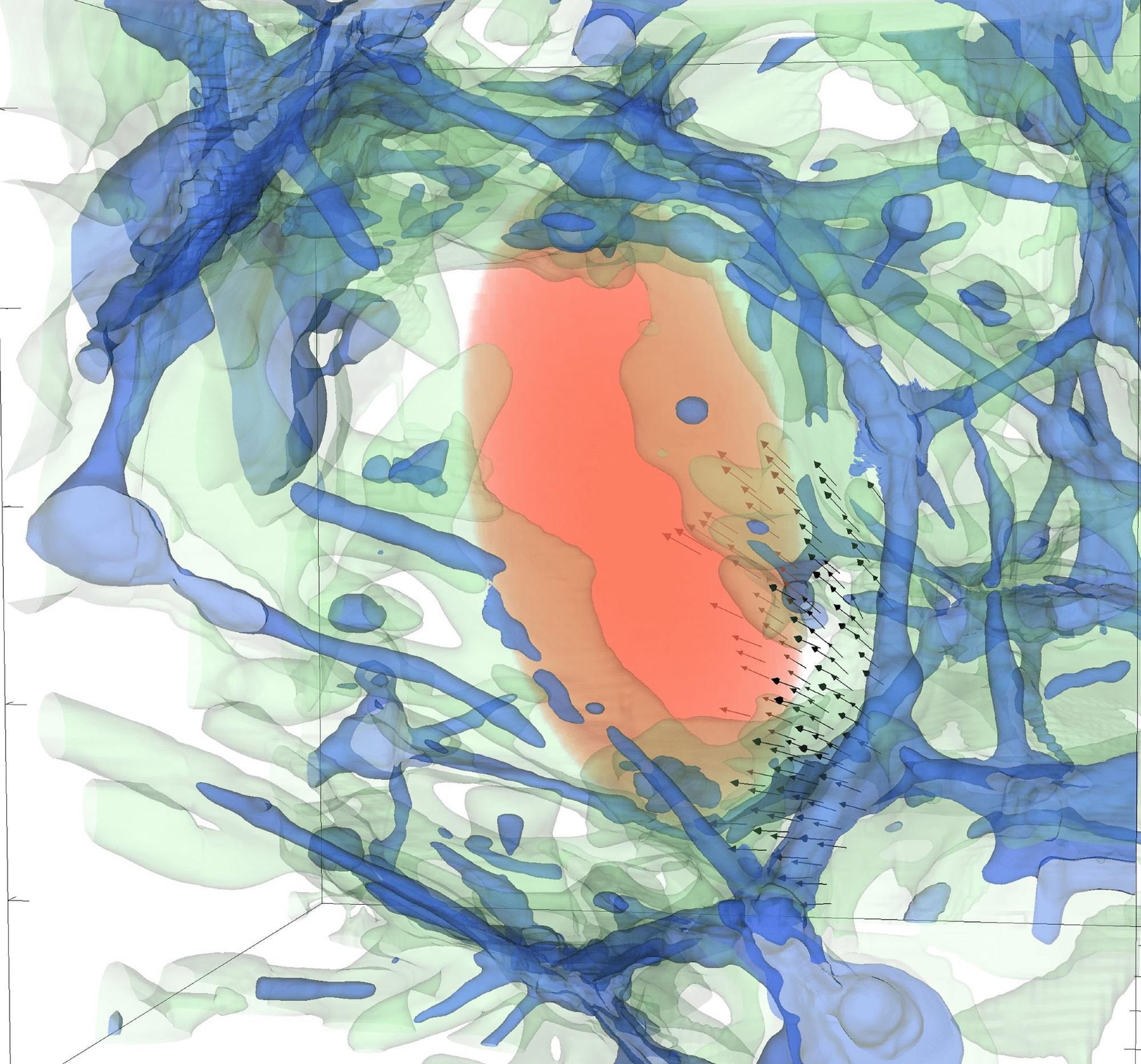Research by the Computational Cosmology group of the Department of Astronomy and Astrophysics (DAA) at the University of Valencia (UV) reveals the constant replenishment of cosmic voids with the external matter, using complicated theoretical-computational models.

Image Credit: University of Valencia
The study was published in The Astrophysical Journal Letters.
This totally unexpected result can have transcendental implications, not only for our understanding of the large-scale structure of the universe, but on the settings for the creation and evolution of galaxies.
Vicente Quilis, Research Head and Director, Department of Astronomy and Astrophysics, University of Valencia
Susana Planelles, co-director of the research added, “Cosmic voids are the largest structures in the cosmos, and knowledge on their creation and evolution is essential to understand the structure of the universe.”
Examining them as a physical phenomenon has always been highly complicated. This is due to the larger volume with very low material content. Considering the observational perspective, the analysis of the few existing features lying within them is very challenging. Even the theoretical modeling of these occurrences is very complicated, which is the reason for the usage of the highly simplified description of these structures.
According to a widely accepted paradigm among scientists, cosmic voids are believed to be fossil regions that formed from the smooth and slow evolution of the less dense regions produced in the primordial stages of the universe.
This way, voids would expand by increasing their volume and losing their matter, which would escape through their boundaries. In this context, the universe would be created by large and practically empty bubbles (the voids) which, by expanding, would push the matter between one another, which would lead to the filaments and clusters of galaxies.
David Vallés, Publication First Signee, University of Valencia
However, the strongly stated idea has been questioned on the basis of the work done by DAA with this novel research. This is part of the doctoral research undertaken by researcher David Vallés, mentored by DAA professor Susana Planelles and professor Vicent Quilis. The complicated cosmologic simulations needed for this study were conducted using the UV supercomputer called Lluís Vives.
Journal Reference:
Vallés-Pérez, D., et al. (2021) Void Replenishment: How Voids Accrete Matter Over Cosmic History. The Astrophysical Journal Letters. doi.org/10.3847/2041-8213/ac2816.